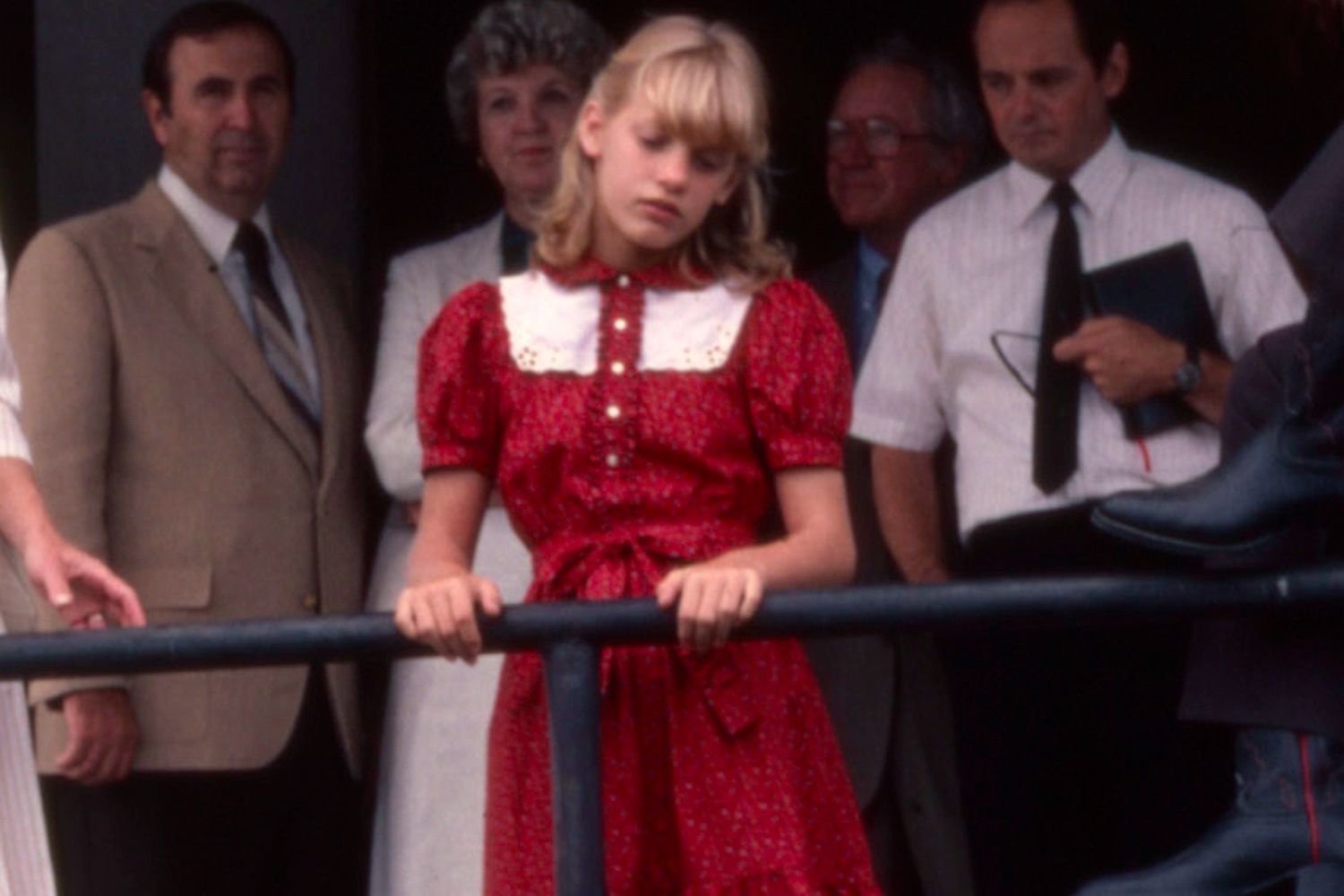Physical Address
304 North Cardinal St.
Dorchester Center, MA 02124
Physical Address
304 North Cardinal St.
Dorchester Center, MA 02124

:max_bytes(150000):strip_icc():format(jpeg)/Ellen-Anthony-appearing-in-the-ABC-tv-movie-The-Day-After-053025-916b02bf31d64cb382c5b78fd20de2df.jpg)
There is an old saying that goes like this: “If there is a nuclear power, only two species will survive: the cockroaches and Cher. “Thankfully, that theory has not yet been tested, although an ABC -TV movie from 1983 is called The day after Painted a vivid and scary what-about nuclear power Armageddon scenario.
The recently released documentary TV event Going behind the scenes in the cold wartime television classics, which presented an alternative (and for many at that time, seemingly inevitable) reality where a nuclear distance between the United States and the Soviet Union leaves two cities-Lawrence, Kans. And Kansas City, Mo. plate. Both real cities were elected as settings for telephoto because of their proximity to many missilles.
The day after was originally intended to be a four -hour miniseries that were broadcast over two nights. It was also supposed to put God’s fear in the viewers … literally. Ed Hume, the film’s credited writer, reveals in the documentary that “Silence in Heaven”, a phrase he pulled directly from the Bible’s revelation book, was the original title of his script.
TV eventdirected by Jeff Daniels (not Emmy-winning actorsBut the manufacturer of activism-minded documentaries like Mother with a gun) reveals that The day after Filmmakers wanted to make a movie where great name practitioners would not overshadow the message. Stars like Donald SutherlandThe Blythe Danner and Roots Actor George Stanford Brown was transferred in favor of twice Oscar winner Jason Roberts, John Lithgow and Steve Guttenberg.
Much of the role of extra and actors in some major roles were hand picked among the locals in Lawrence. Ellen Anthony, who played Joleen Dahlberg, the youngest daughter in one of the families presented, was one of the chosen. She is shown in the documentary and shares her memories from being thrown into the movie and filming it.
“We handed over our innocence,” she says. “We handed it over to this bigger goal. We would do something very serious.”
Walt Disney Television via Getty
At one point, Anthony is seen watching the film’s upcoming bombing scenes and breaks down crying.
“It’s really hard for me to watch. Because it’s … It’s really hard for me to watch,” she says when tears fall into the cheeks. “Because it’s my city, it’s my child …” she stops in the middle of the word and closes her eyes before trying to continue. “I’m sorry, I can’t see it right now.”
“These places were the places for my childhood,” she continues. “The group you look evaporated was my actual class in fifth grade. It’s hard to watch. It’s really hard to look at.”
Such was the case for many of those who saw the film, which remains one of the highest ranked TV films of all time. According to the documentary, 67% of the people saw the US and watch TV that night – about 100 million people in total – The day after.
BC Photo Archives/Disney General Entertainment Content via Getty
After the movie ABC sent a special edition of Point of view Where ABC News -Anchor Ted Koppel comforted viewers by reminding them The day after Just be a movie, but also warn them that what happens in the movie can happen in real life.
“It’s kind of necessary to pick up a glass of water and say,” Ok, yes, wake up now, “says Koppel, 85, in an interview filmed for the documentary.” We will talk about this, but that movie – you know it was a movie, right? It didn’t happen. And everything is ok at the moment. “”
That section of Point of view Included an appearance by the then US State Secretary George Shultz, who assured viewers that the events in the film would never happen in real life. The thought leader of the time, including former US Secretary of State Henry Kissinger, William F. Buckley, Carl Sagan and former defense secretary Robert McNamara, participated in a panel to debate the film’s merit.
The day afterAs was also shown in Russia and in Hiroshima, Japan – where the United States dropped an atomic bomple on August 6, 1945 and hurried the end of the Second World War – had a lasting effect. In his memoir, Ronald Reaganwho was president when the film was broadcast, wrote that it left him “very depressed.” TV event says the film “led to the biggest decline in nuclear weapons in history.”
“The day after Was an important thing, “says Nicholas Meyer, who directed the TV film, at the end of the documentary.” And people realize in retrospect, how important it was – really the most valuable I have had with my life so far. ”
TV event Now plays in selected theaters, including the New York City film forum.